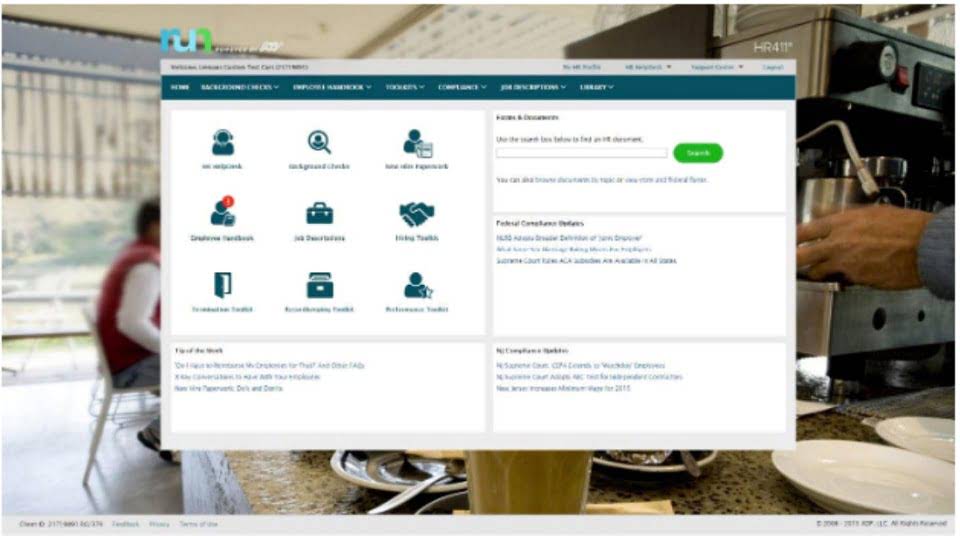
The head of internal audit should report to the board of directors, or to the audit committee. Some organisations reinforce independence by outsourcing the internal audit function to professional external firms. Unfortunately, even though a company implements all of these features in its internal control structure, theft may still occur. If employees are dishonest, they can usually figure out a way to steal from a company, thus circumventing even the most effective internal control structure. This insurance reimburses the company for loss of a nonmonetary asset such as specialized equipment. Companies should also have fidelity bonds on employees handling cash and other negotiable instruments.

Internal Controls: The Foundation For An Efficient Organization
They help to maintain operational efficiency by identifying problems and correcting lapses before they are discovered in an external audit. Internal controls are the mechanisms, rules, and procedures implemented by a company to ensure the integrity of financial and accounting information, promote accountability, and prevent fraud. Besides complying with laws and regulations and preventing employees from stealing assets or committing fraud, internal controls can help improve operational efficiency by improving the accuracy and timeliness of financial reporting. At the organizational level, internal control objectives relate to the reliability of financial reporting, timely feedback on the achievement of operational or strategic goals, and compliance with laws and regulations. Internal control is a key element of the Foreign Corrupt Practices Act(FCPA) of 1977 and the Sarbanes–Oxley Act of 2002, which required improvements in internal control in United States public corporations.
Authorization and Approval Processes: Establishing Accountability
It also prevents people from committing fraud as they know that someone is watching their stuff. Most organizations have employees who will make purchases on the organization’s behalf. A common preventative control for this situation is to have a process for authorizing that transaction. But whether employees know it or not, these controls prevent breaches, fight back against fraud and ensure that only authorized users can access sensitive systems and information. One of the areas in accounting and audit that can most benefit from advances in technology – and particularly automation – is internal controls. The CFO should be equipped with a comprehensive understanding of the organization’s risk landscape and the ability to prioritize and address potential vulnerabilities.
- Internal control, as defined by accounting and auditing, is a process for assuring of an organization’s objectives in operational effectiveness and efficiency, reliable financial reporting, and compliance with laws, regulations and policies.
- DTTL (also referred to as “Deloitte Global”) does not provide services to clients.
- The perpetrators were able to commit fraud because the victim organization lacked strong internal accounting controls.
- In its auditing guidelines, the AICPA stated that the system of internal control should be under the continuing supervision of management to determine that it is functioning as prescribed and is modified as appropriate for changes in condition.
- Any employee found to violate SOX standards can be subject to very harsh penalties, including $5 million in fines and up to 20 to 25 years in prison.
Ask a Financial Professional Any Question

Their Certified Public Accountant accountability is to the shareholders, as the directors act as their agents. In turn, the directors may consider it prudent to establish a dedicated internal control function. The point at which this decision is taken will depend on the extent to which the benefits of function will outweigh the costs. In many smaller, unincorporated businesses such as sole traders and unlimited partnerships, the responsibility for internal controls often lies with the owners themselves.

Limitations of Internal Controls
The person handling payroll or accounting is often the person who is most able to conceal a fraud because of their knowledge. No single individual should have purchase authorization, banking authorization, recordkeeping, custody of assets, and access to funds, or any combination of these. Nearly every major fraud case I have worked would have been prevented if one person had not been given too much control.
They also have a knowledge of the entity’s activities and environment, and commit the time necessary to fulfil their board responsibilities. Management may be in a position to override controls and ignore or stifle communications from subordinates, enabling a dishonest management which intentionally misrepresents results to cover its tracks. A strong, active board, particularly when coupled with effective upward communications channels and capable financial, legal and internal audit functions, is often best able to identify and correct such a problem. Internal control is a set of activities that are layered onto the normal operating procedures of an organization, with the intent of safeguarding assets, minimizing errors, and ensuring that operations are conducted in an approved manner.
Financial Reporting and Audit Requirements

Organizations need accounting teams to track revenue and expenses, evaluate financial performance, create budgets and financial projections, and maintain compliance. Skilled accountants provide up-to-date financial information to support decision-making. A key Bookstime concept is that even the most comprehensive system of internal control will not entirely eliminate the risk of fraud or error.
Is there any other context you can provide?
- Without internal controls and the teams supporting them, organizations could face major breaches, compromising their reputation and bottom line.
- Humane resource is a very important department as they are the ones who decide to recruit someone into the company, develop and keep the employee ability up to date.
- The monitoring activities can be done by internal audit staff, risk officer or any staff with such responsibility.
- In this blog, we will explore internal controls, their purpose in accounting, and provide real-world examples to illustrate their importance.
- Accounting teams should have an always-on approach to monitoring since new risks can surface without warning.
- Very few people can recover funds lost to embezzlement, even with a court judgement.
For instance, a senior manager may approve transactions that don’t meet standard control requirements, undermining the system and increasing the risk of fraud or misstatements. Mistakes such as miscalculations, oversight, or failure to follow established procedures can occur, leading to errors in financial records or operational inefficiencies. Even well-designed controls may fail if individuals are careless or inadequately trained. Examples include locks on internal control in accounting storage rooms, swipe cards for secure areas, and safes for cash. From the time a donation is received to the time it is spent, there should be a careful plan for handling the funds.
In the early 1980s, one individual stole huge sums of money from Wells Fargo Bank by daily making a simple accounting entry in the bank’s computer system.
